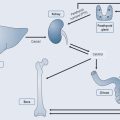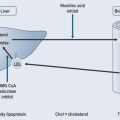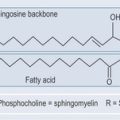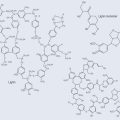Chapter 14 Pharmacokinetics and pharmacodynamics
Introduction
A good grasp of the principles of pharmacokinetics and pharmacodynamics are vital for understanding the actions of orthodox drugs, herbs and supplements. Without such an understanding, you will at best give ineffectual remedies, at worst be responsible for a foreseeable adverse reaction.
Four basic processes are involved in pharmacokinetics:
The chemical make-up of the drug or herbal remedy influences:
For ease of reading and comprehension, pharmacokinetics has been divided into:
Pharmacodynamics is covered in Chapter 19. Usually, this section of pharmacology involves calculations. These have been omitted as they are not necessary for the scope of this book.







